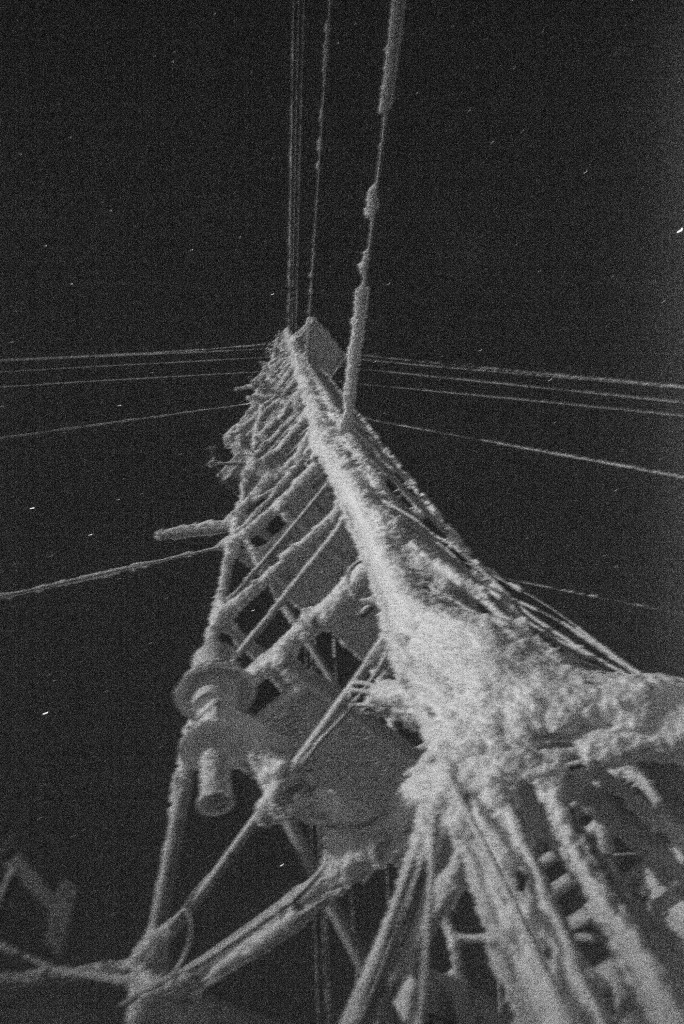 Follow Beth Healey, a 28-year-old medical doctor from London, through her 14-months at the Concordia Station ending in January 2016 as a European Space Station researcher. Here is an excerpt from her blog and a link to Part 5: Chronicles from Concordia.
Follow Beth Healey, a 28-year-old medical doctor from London, through her 14-months at the Concordia Station ending in January 2016 as a European Space Station researcher. Here is an excerpt from her blog and a link to Part 5: Chronicles from Concordia.
One of the most hostile environments for an analog is Concordia located more than 600 miles from the coastal stations of Antarctica. Many researchers use this facility to study psychology, physiology, and medicine. Some mission crewmembers perform a winter-over where they are part of research lasting the entire winter, which in Antarctica is nine months.
Looking up towards such a plethora of stars – many of them with planets of their own we know today – I could not help wondering what worlds might be out there, and whether there could be anyone or anything looking back in our direction. It felt strange and exciting to run experiments preparing for humans to stay on moons and planets, with the Milky Way in all its vastness and splendor right above our heads. Would humankind one day even take that real step to the stars and travel beyond our Solar System?
We did not see the sun for 105 days at Concordia during this polar night. Much like me, I am sure everyone was affected, but the crew reacted in different ways and people were affected more at different times. It was difficult to predict how people would feel and behave on different days.
